When looking for the most promising cryptocurrencies for investments in the near future, you should pay attention to Polygon (MATIC). In 2021, the Polygon cryptocurrency became one of the most promising and fastest-growing crypto coins, showing more than 14,000% ROI from February to May. Despite the subsequent correction and investor scepticism, the coin hit a new all-time high (ATH) by the end of the year and is currently the 9th-ranked crypto by market cap.
Today, we have prepared a guide where you will learn what Polygon meaning is and whether it is worth buying. Let’s get started!
MATIC Definition: What Is Polygon Cryptocurrency?
Built on the Proof-of-Work consensus algorithm, the capitalization-leading Bitcoin and Ethereum networks are often criticized for their scalability issues. Its consequence is problems with the speed of transaction confirmations and high commissions. One solution to the problem is to expand scalability with second-layer solutions, which are additional blockchains. One of the options for bringing this technology to life is the Polygon decentralized network.
What is Polygon? Polygon is a network of secure Layer 2 (L2) solutions and autonomous sidechains. Its goal is to increase the scalability of the Ethereum blockchain and reduce transaction costs. Polygon is not a separate blockchain but rather an Ethereum sidechain that allows solving the scalability problem and getting access to ETH.

Ethereum remains a platform for building decentralized applications. Polygon, in turn, is becoming an intermediate platform that greatly simplifies the work with Ethereum.
What is MATIC? MATIC definition is as follows — it is the 11th-ranked cryptocurrency by market cap and the project’s native token, which is used to govern and secure the Polygon network and pay transaction fees.
Polygon (MATIC) Overview
| MATIC Price | $1.13 |
| MATIC Price Change 24h | +3.32% |
| MATIC Price Change 7d | +1.36% |
| MATIC Market Cap | $10,407,563,598 |
| MATIC Circulating Supply | 9,219,469,069 MATIC |
| MATIC Trading Volume 24h | $302,874,824 |
| MATIC All-Time High (ATH) | $2.9232 |
| MATIC All-Time Low (ATL) | $0.003012 |
History of Polygon Cryptocurrency
The first version of the network was created in 2017 — it was called the Matic Network, under which it existed until the beginning of 2020. At that time, the original goal was to solve the problem of Ethereum scalability. The developers proposed an idea on how to make Ethereum cope with a high load in the face of an increase in the number of transactions.
In 2019, the platform held an IEO. About 32% of the coins from the total supply were sold during the first public offering. To date, about 80% of the coins are in free circulation, and the remaining coins are kept in reserve to maintain liquidity.
At the beginning of 2020, the platform team rebranded. Matic Network has become Polygon, and the project’s native token has retained its name of MATIC. With the rebranding, the developers set new goals:
-
- Creation of a full-fledged ecosystem for developing decentralized applications in symbiosis with Ethereum. Integration of the ecosystem into other large-scale projects.
-
- Creation of an interconnected network of Level 2 blockchains.
-
- Finding the optimal solution to the ‘blockchain trilemma’ — a simultaneous combination of scalability, decentralization, and security.
To date, more than 1,500 applications from the DAO, gaming, NFT, tools, B2B sectors have been developed on the basis of Polygon.
Polygon vs Ethereum
Initially created as an auxiliary blockchain for Ethereum, Polygon has evolved into an independent ecosystem. In some respects, it is many times superior to the main ETH blockchain:
-
- Transaction processing speed. Polygon can process transactions extremely fast, about 7,000 transactions per second (TPS), while Ethereum can process 13-15 TPS.
-
- Transaction fees. Ethereum network has one of the highest transaction fees of $10-30. At the same time, a typical Polygon transaction fee is around $0.01.
-
- The number of active registered addresses in Polygon exceeded that of Ethereum. This means that users prefer to register directly with Polygon instead of working with Ethereum.
And yet, Ethereum remains the leading network in large part because of user trust.
How Does Polygon Work?
How does Polygon work? Well, the Polygon architecture includes 4 levels responsible for the system’s security and connection between several blockchains included in the network structure — an Ethereum layer, a security layer, a Polygon layer (consists of several blockchains), and a transaction execution layer. Polygon is unique in that it is the only scaling solution that supports the Ethereum Virtual Machine (EVM).
The Polygon ecosystem also includes the following products:

-
- Matic Sidechain. An add-on that processes transactions on the Ethereum network.
-
- Polygon Hermez. Uses Ethereum-based zk-Rollups technology, processes about 2,000 TPS, and is not compatible with EVM.
-
- Polygon Zero. Second-layer solution using zk-SNARK technology.
-
- Polygon Midden. Uses zk-STARK technology and has a low transaction processing speed but is compatible with EVM.
-
- Polygon Edge. Environment for developing second-level solutions and sidechains.
-
- Polygon Nightfall. A product for corporate clients, the essence of which is to ensure maximum confidentiality.
What Is Polygon (MATIC) Used For?
What is Polygon used for? As mentioned before, Polygon is somewhat of an Ethereum add-on. Therefore, they have almost the same purpose — a multifunctional network for creating decentralized applications of any type. The development team is focused on the development of several areas focused on integration with other types of cryptocurrency systems.
So, how does MATIC work? Well, here are some examples of use cases for Polygon:
-
- More than 7,000 DeFi, GameFi, and NFT startups have been created on the platform’s blockchain. Among the most famous decentralized networks based on Polygon are Aave and SushiSwap.
-
- Over 50 digital assets have been created based on Polygon, including USDC and USDT stablecoins.
-
- Uniswap. The fact that one of the largest DEX exchanges is deployed on the Polygon platform confirms the ecosystem’s benefits in many ways.
-
- Decentraland and Polygon. In April 2023, the Decentraland website reported on the mutual integration of both platforms and the deployment of the Decentraland network inside Polygon. The integration is assumed to speed up and reduce the cost of transactions within Decentraland. Polygon, in turn, will be able to instantly exchange MATIC and MANA directly.
Polygon Price Today
Even though the current value of MATIC is well below $2, the token has already shown significant promise. Over the past month, the coin has increased by 1.40% in price. By 2026, the price of MATIC is expected to cross the $4.97 mark. Like most other cryptocurrencies, the coin is highly volatile. Still, since the founding of the Polygon network, MATIC has shown steady growth.
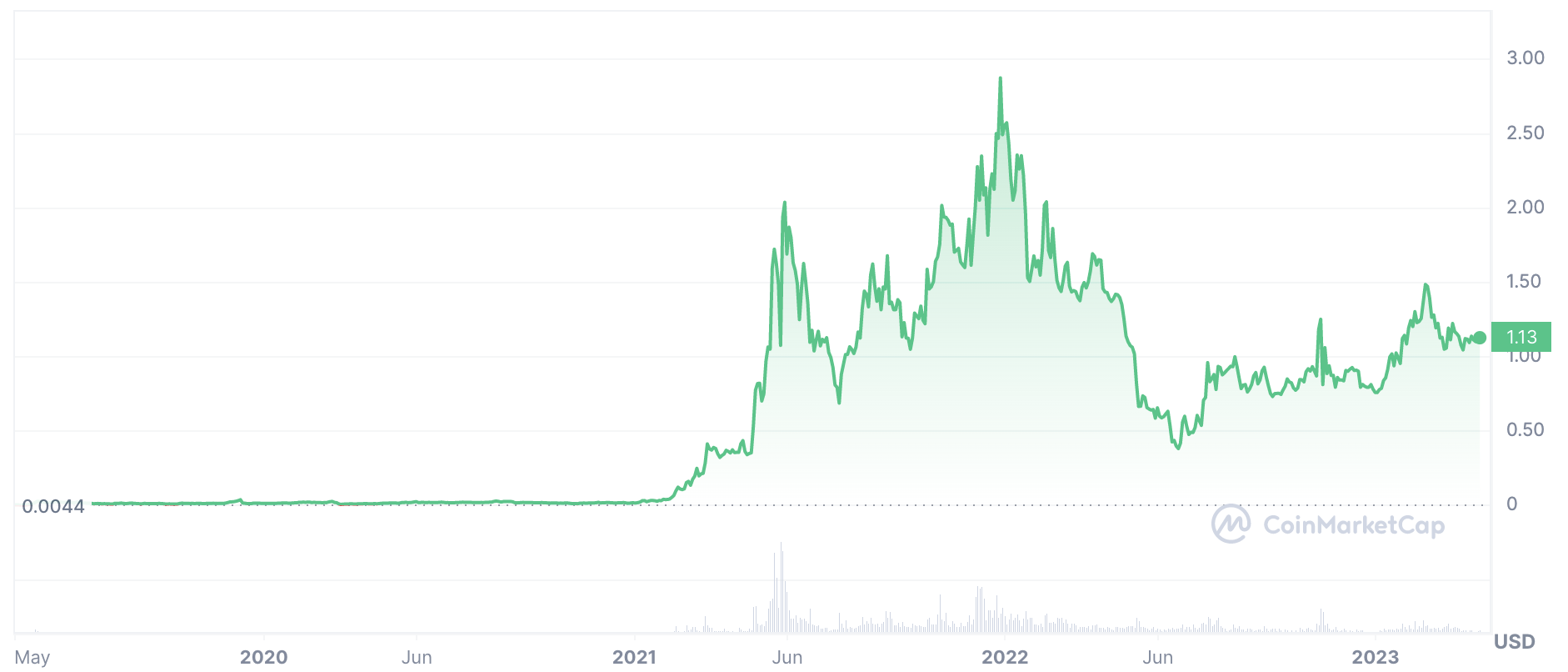
Should I Buy Polygon (MATIC)?
The answer depends solely on your investment strategy and goals. MATIC is the main coin in many decentralized networks built on its basis. Therefore, if you are a professional investor earning on Flash Loans (DeFi sector), playing virtual games (GameFi sector), and investing in artefacts and in-game objects of metaverses, you may need MATIC as a transit conversion internal currency. With its help, you can reduce commission costs in many startups.
At the same time, the instability and high volatility of the token price create risks for using MATIC as an investment instrument. This feature is important to take into account if you are looking for a long-term investment. Still, most cryptocurrency experts agree that MATIC will rise in price in the next few years.
Where to Buy Polygon (MATIC): Switchere Exchange
If you’re wondering where to buy MATIC, you should definitely think about buying it at Switchere. On our platform, you have an opportunity to buy MATIC in the fastest and most convenient ways. Moreover, we offer some surprising bonuses! Users of our platform enjoy a 0% service fee for the first order.
How to buy MATIC with USD? At Switchere, you can buy crypto for fiat money or swap crypto for crypto. In addition to traditional purchases with a bank card, you can use alternative payment methods available (SEPA, SOFORT, Apple Pay, Google Pay, and local Asian banks).
Here is an easy step-by-step guide on buying MATIC at Switchere!
-
- Visit our website and log in to your account.
-
- Choose the currency pair for exchange as well as a payment method and enter the amount. Don’t forget to check the transaction details by clicking on ‘Details.’ Once you’ve done, click the ‘Buy’ button.

-
- Specify your Polygon wallet address and click on the ‘Buy’ button.
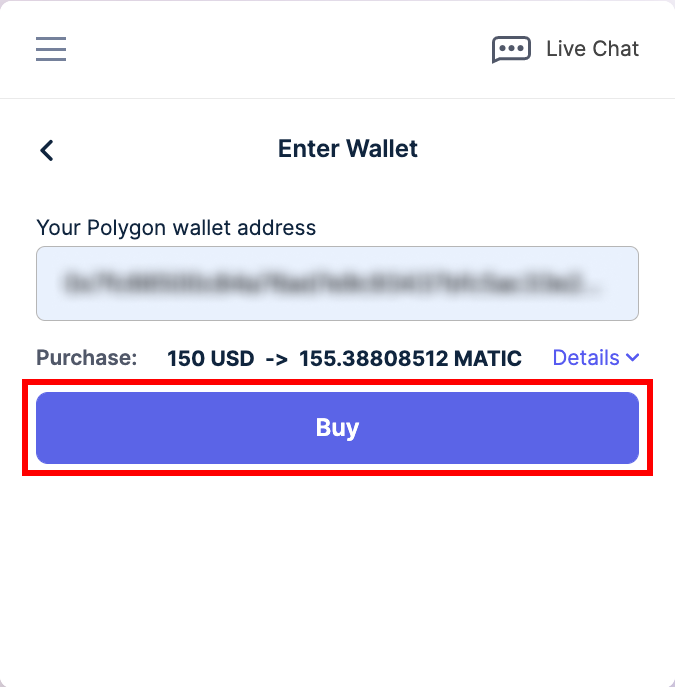
-
- Enter your card details and click on the ‘Pay Now’ button. Please take into account that you have a limited amount of time to send your funds. Elsewise, the transaction will be cancelled automatically.
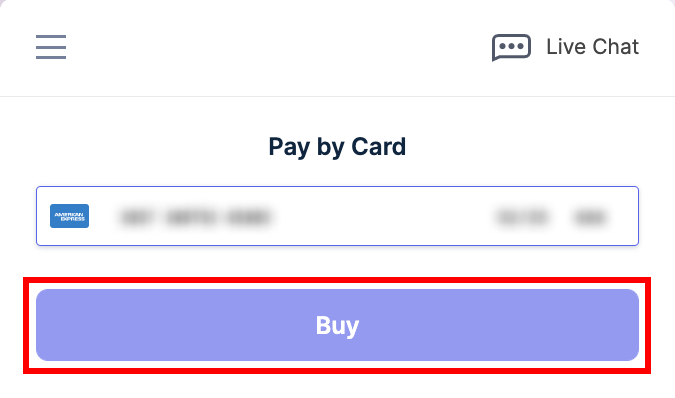
-
- Once you send the funds and your transaction receives the required number of blockchain confirmations, the amount of purchased MATIC will be sent to your provided wallet address accordingly.
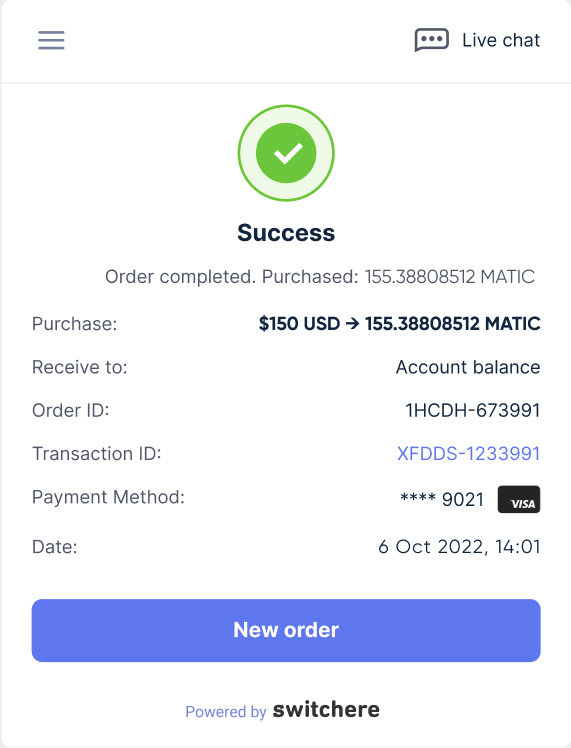
-
- Congratulations! The transaction is completed, and now you can check your Polygon wallet.
Usually, Switchere transactions take 5-30 minutes. If you have any troubles with the exchange process, let us know at [email protected].
Conclusion
Polygon is an ecosystem that develops several directions related to different scaling mechanisms. The growing number of decentralized applications suggests that the network has prospects. But on the other hand, Polygon has many competitors that are not tied to Ethereum technology and offer their own unique solutions. Therefore, the platform’s future depends primarily on the developers’ policy.
We hope our detailed guide to Polygon (MATIC) has helped you understand what MATIC meaning and Polygon definition are all about and how this cryptocurrency works.
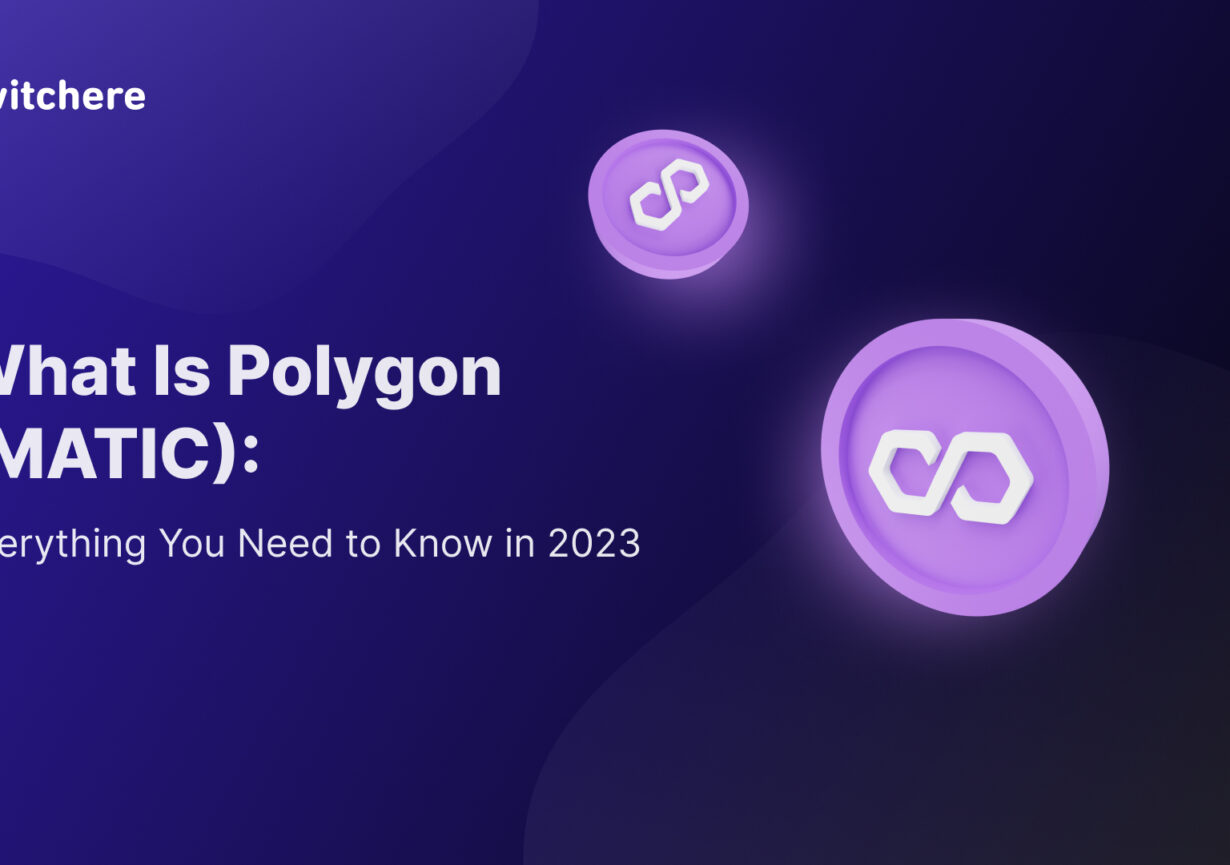
Leave a Reply